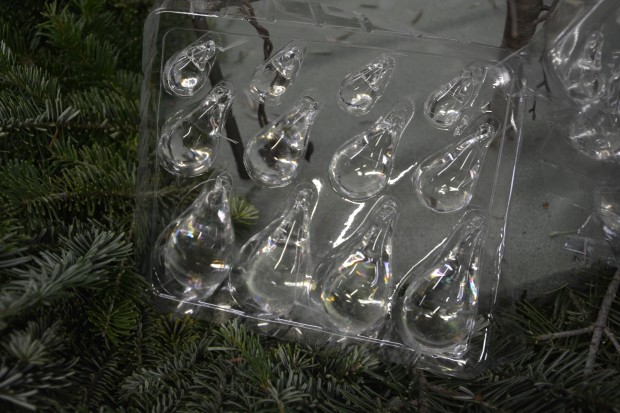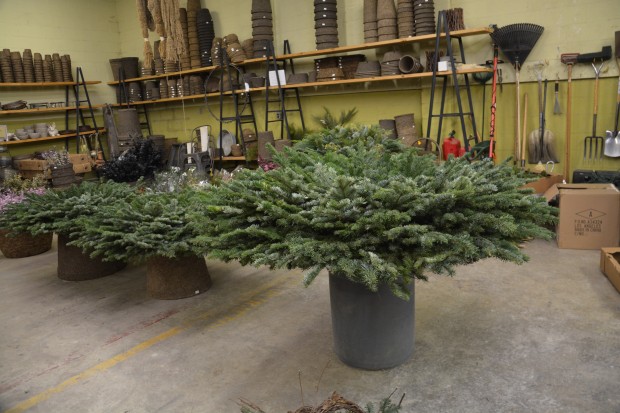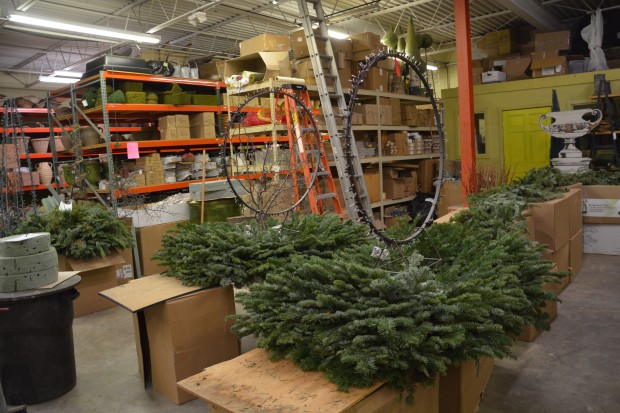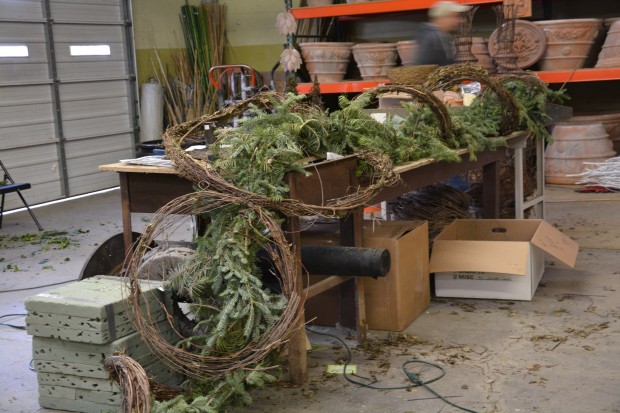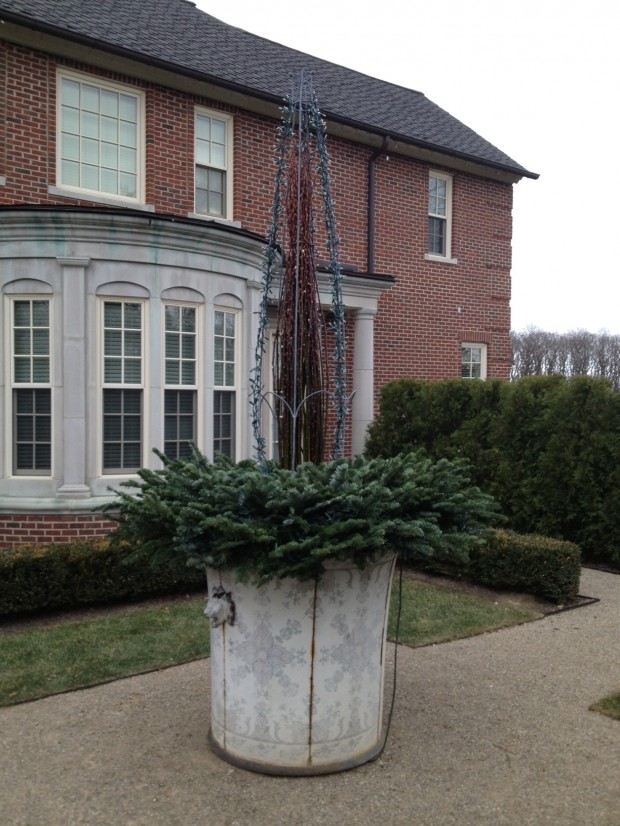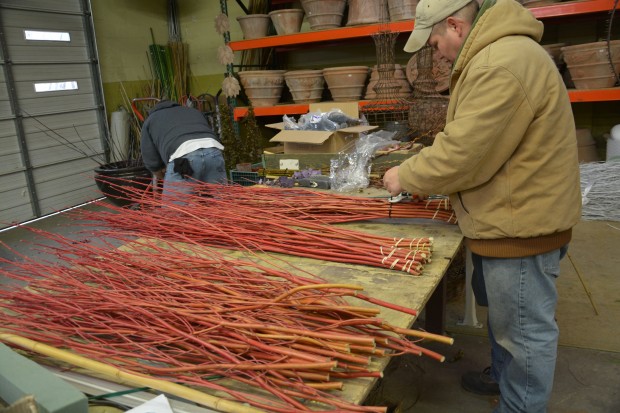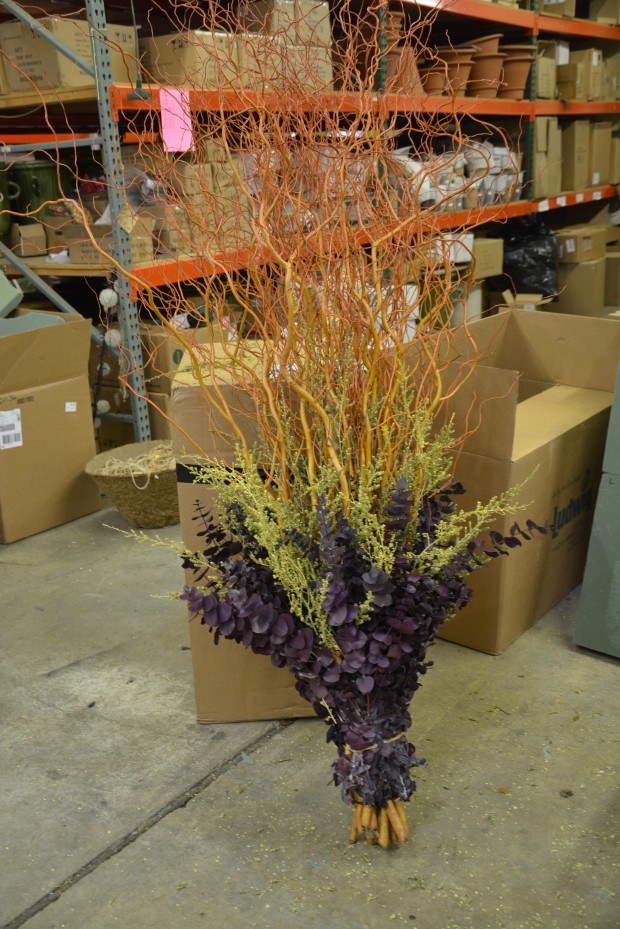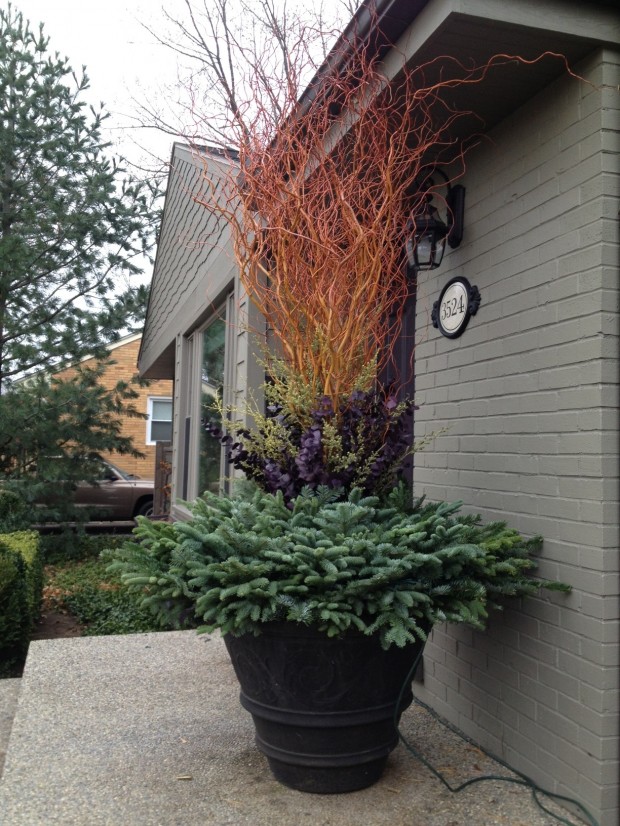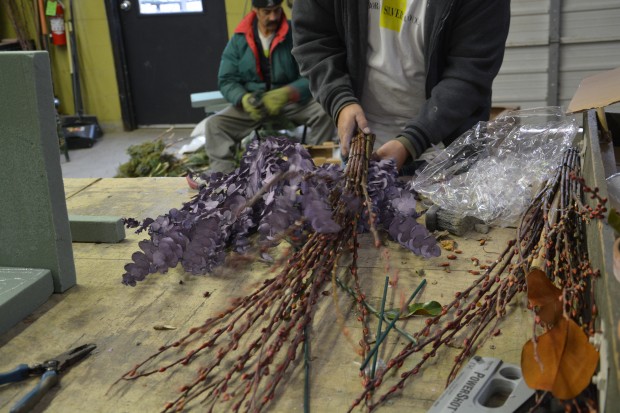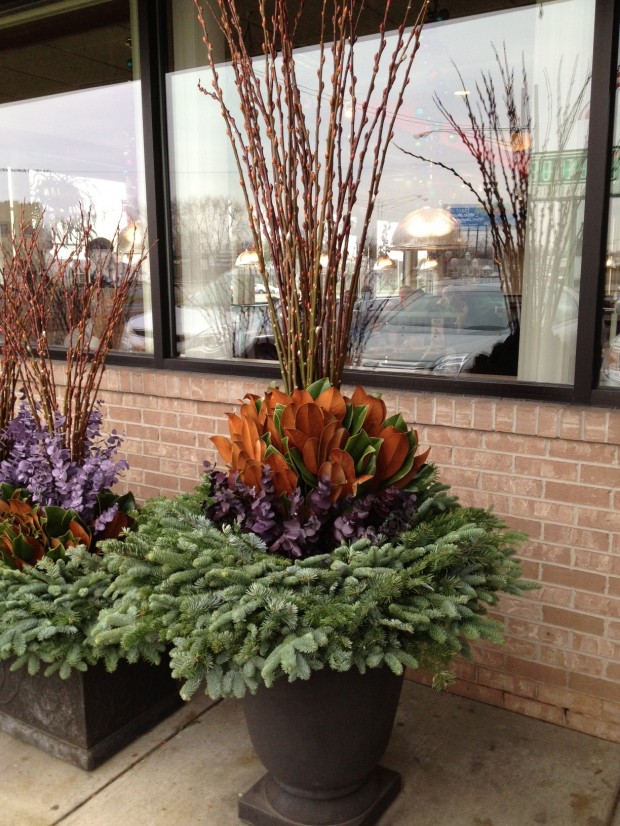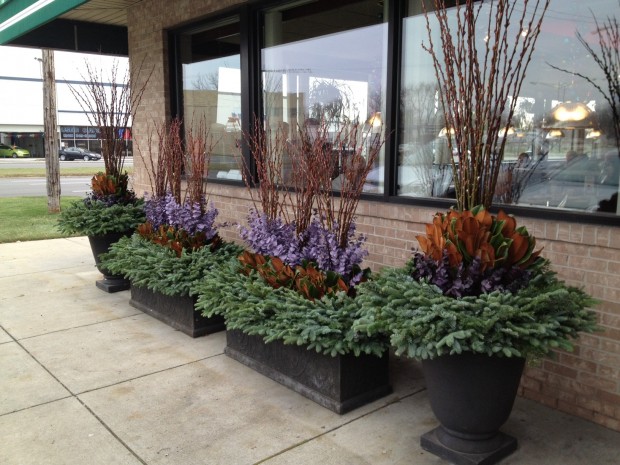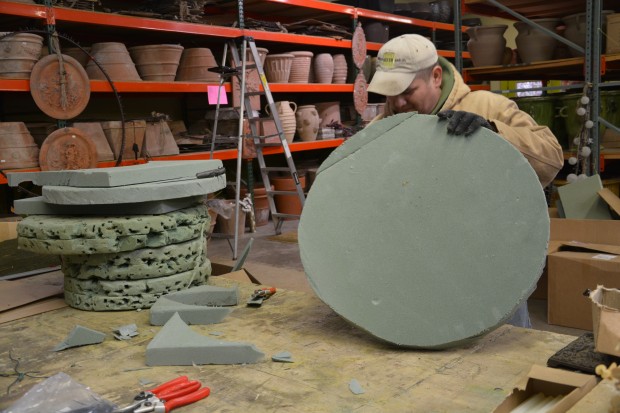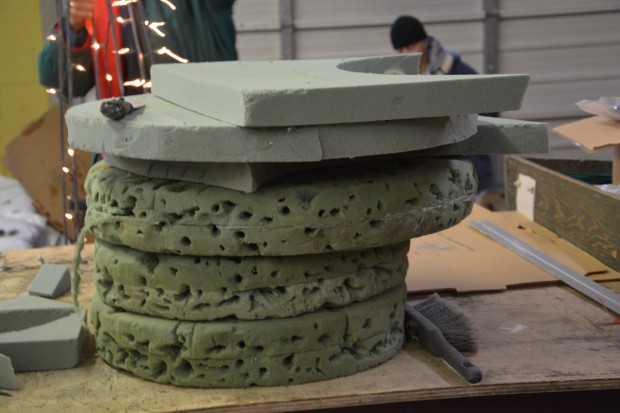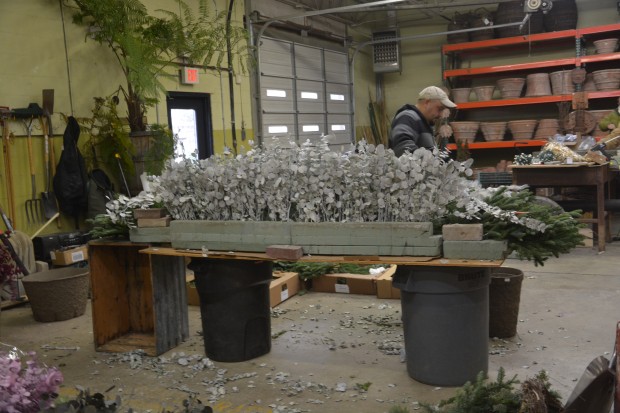Thanksgiving dinner at our house always means lots of leftovers. Buck’s style of cooking has its roots in his Texan background. When he cooks, he cooks for the many. That is his idea of hospitality-more than plenty to eat. Though our dinner was limited to the two of us, he cooked a huge pan chock full of short ribs, a pot brimming with brussel sprouts, and an endless store of mashed potatoes and stuffing. To accompany said potaoes and stuffing – gallons of gravy. The cranberry relish would have been enough for 8, with several servings in reserve. No matter all of this leftover food. He had leftovers for breakfast and lunch on Friday. Thanksgiving dinner for breakfast the day after? He chowed down. He persuaded me that the Thanksgiving dinner leftovers would provide a perfect day after dinner. This holiday dinner fueled the both of us through Saturday.
I went along, although leftovers are not my favorite. I rarely am faced with the second round of a dinner idea-he sees to that. Buck would never dream of oatmeal or eggs or cereal for breakfast, though this menu would be my first choice. Whatever we had left over from the previous night’s dinner is his breakfast of choice. I would not be interested in last night’s pork chop with a side of last night’s field peas first thing the following morning. But I am interested that he eats our leftovers with gusto. This means I don’t have to. We have an arrangement regarding leftovers that works. By this I mean, we do not throw food away.
Though I am not a big fan of leftover food, I have a tough time throwing away any leftover materials. This may mean half bunches of eucalyptus, a few stems of curly willow, a glass garland with a broken bulb, a cracked pot, a feathered bird with a broken clip, a cattail wreath with a stain, an acorn stem that is missing some acorns. I have an astonishing collection of those materials though perfect, have gone unloved. Why do I keep them? I like the challenge.
Years ago, I did weekly flower arrangements for a client. She has a company which purchased cut flowers for events. I would arrive on her doorstep every week, with boxes full of flowers waiting for me. She did not choose them, nor did I. But my job was to take those stems not of my choosing or hers, and make something of them that she would like. There would be no rhyme or reason to the contents of the box. Perhaps her supplier packaged up the weekly leftovers, and sent them along. Perhaps whomever packed the boxes was not so focused on enabling an end result. Did I call the office with a long list of complaints? Absolutely not. I loved the challenge of making much of a group of flowers that seemed to have no relationship whatsoever sing together. Week after week, I did flower arrangements from the flowers sent to me.
My winter pots at home will be constructed from the leftovers at the shop. Do I feel slighted? Not in the least. Any leftover material can be arranged in a beautiful way. Creating something beautiful is not about the materials. It is always about the imagination, the thought, and the effort. Those leftovers, the perennial stems still standing, the branches from the field down the street, the damaged picks, the browned hydrangea blooms, the leftover string, the broken bits from last year, the materials from the field next door, the fresh cuttings from the garden-materials you can use. The most beautiful materials on the planet does not demand so much from you. The leftovers ask for the best you have to give to them, and to yourself.
I like the idea that the leftovers available to me might spark my best work ever. There is so much to be thankful for – including that client who was confident that I could make something of anything.
